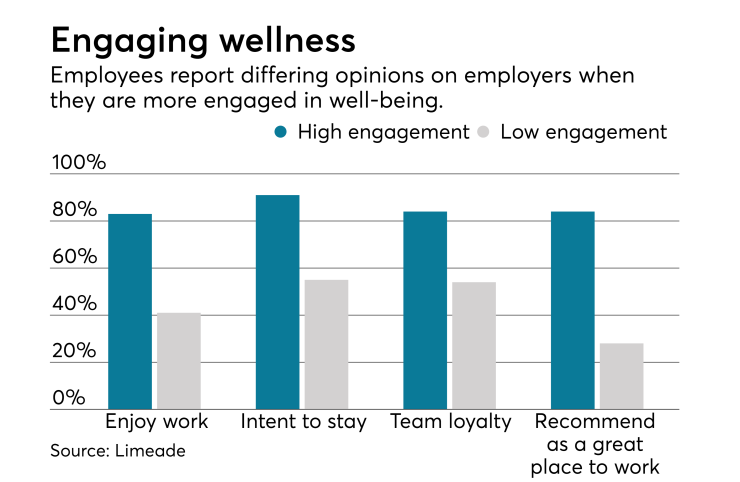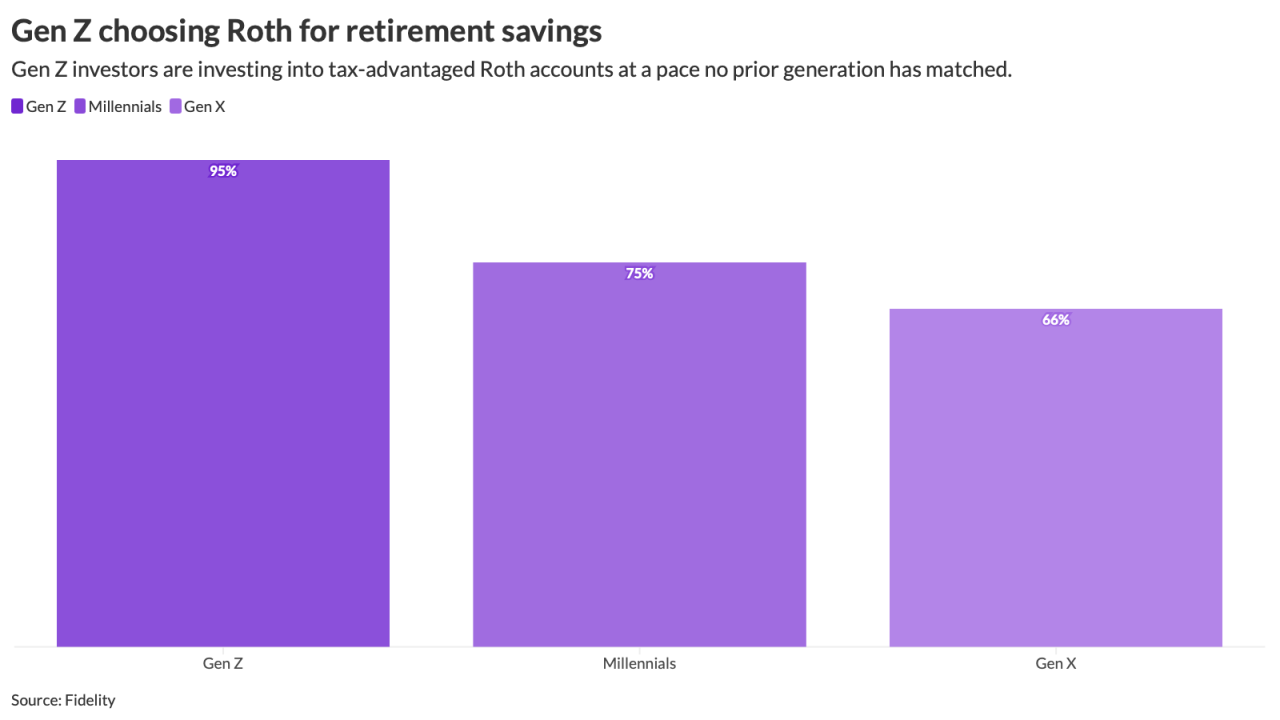Employees are loyal to companies with expansive wellness programs — even if they never actually take advantage of them.
In an economy with more jobs available than workers to fill them, it’s crucial for organizations to offer benefits that will secure and retain talent. Companies providing access to more than seven employee health and wellness programs are nearly twice as likely to retain current employees, according to a survey by health services company Optum. Employees are also three times as likely to recommend their company as a place to work.
“Engagement in health and wellness programs translates to greater employee loyalty, which can significantly contribute to productivity and a stronger bottom line for employers,” says John Holcomb, Optum president of Population Health Solutions.
Optum’s survey results of more than 1,200 full-time employees working in large companies in various industries showed wellness programs are essential to employee job satisfaction, even among workers who don’t use them. Of employees who don’t participate in company programs, 29% of them said they’d recommend their company as a place to work. Only 18% of employees who aren’t offered programs at all would suggest working for their employer.
“Even if they don’t take advantage, offering these programs sends the message to employees that their employer cares about them,” says Seth Serxner, Optum’s chief health officer. “They like knowing the option is there if they ever need it.”

The number of programs offered at work matters to employees; 53% of survey respondents, the highest amount, said they’d recommend their company if it provided seven to eight wellness programs. Ratings dropped sharply from there: employers with four to six programs were 30% likely to get employee recommendations. Those offering one to four programs and none received 24% and 18% ratings respectively.
“This illustrates companies need an array of programs if they want to retain and attract talent,” Serxner says.
A well-rounded benefits package ideally combines great medical coverage with fitness programs, support groups and healthy office conditions, Serxner says. Access to medical professionals for help managing chronic conditions was the most popular wellness program on the survey.
“Whether you have asthma, diabetes or a heart condition, knowing you can talk digitally or in-person with a nurse about the condition when concerns arise would be of tremendous benefit to you,” Serxner says. “It helps employees take charge of their health.”
On-site fitness centers and healthy office snacks were rated as important to employees.
“Employees appreciate anything that makes it easier for them to make healthier decisions on a daily basis,” Serxner says.
As a consultant, Serxner says some companies may consider cutting such programs to save money, which would be a mistake.
“We need to shift the thinking from ‘these programs and services are all about cost containment’ to ‘these programs are how to make our company grow and thrive,’” he says. “Programs like these are conducive to creating a workplace where employees actually want to stay, regularly contribute and actively engage.”





